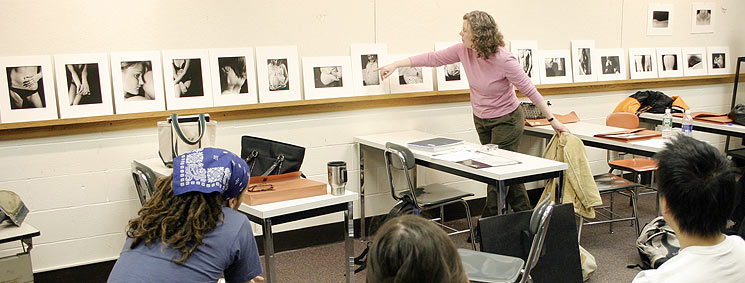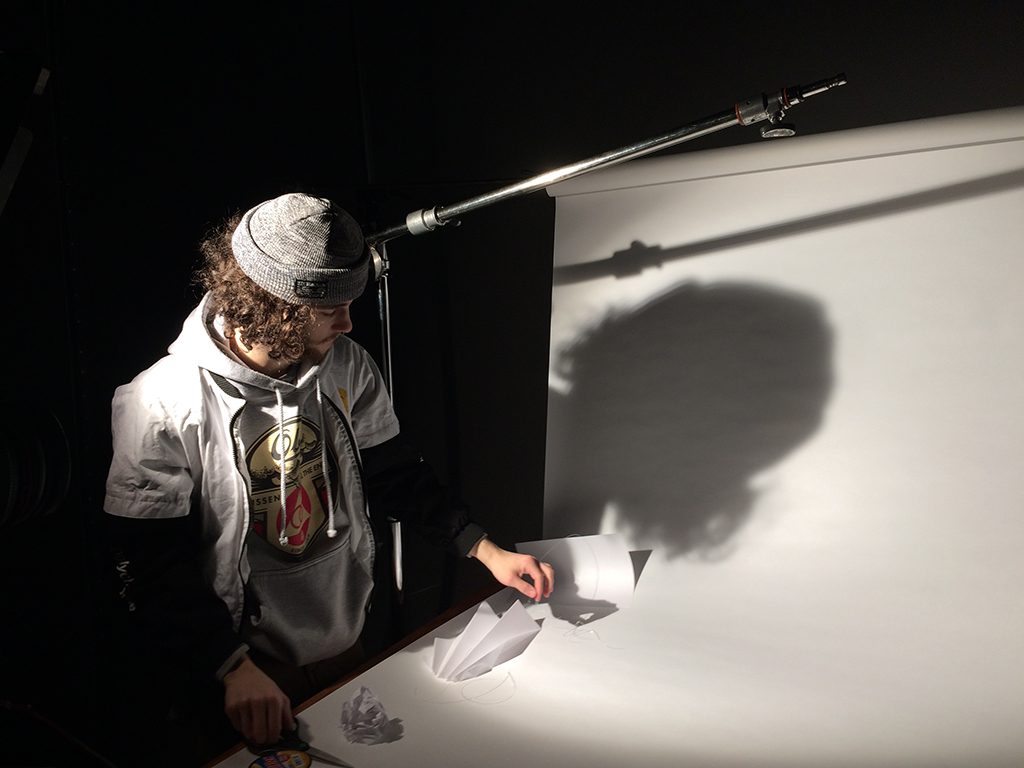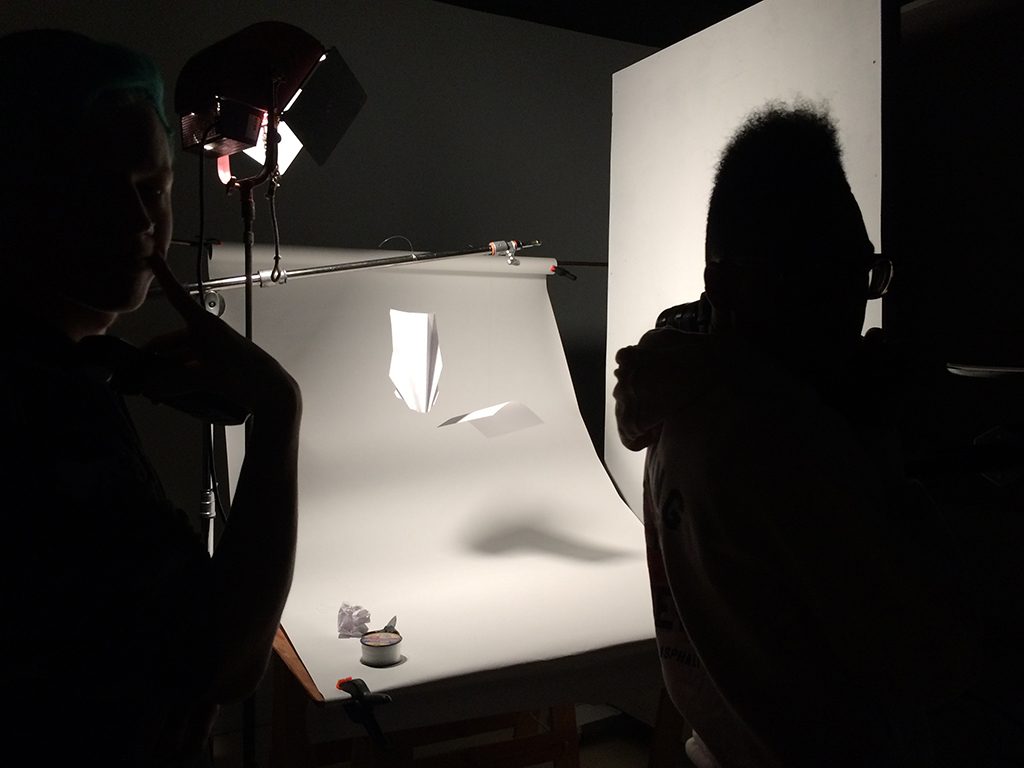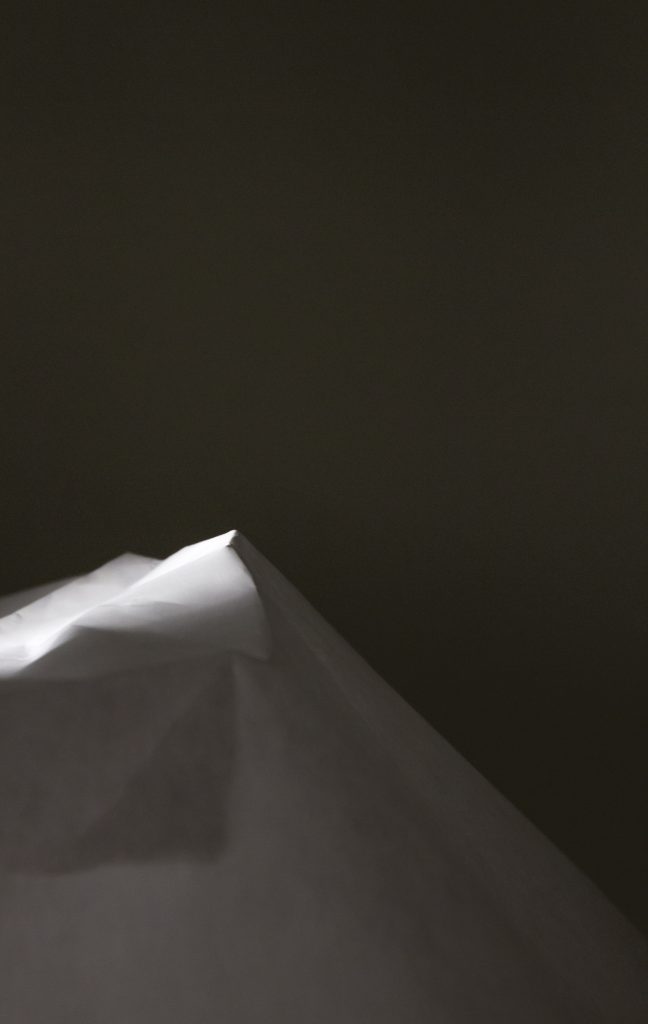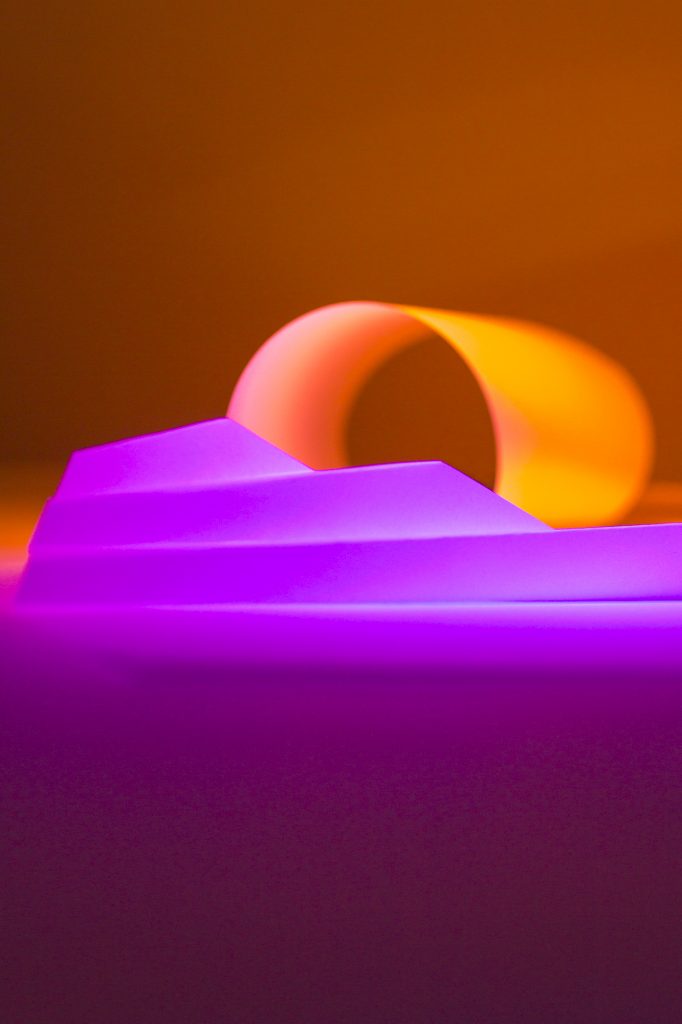From a Student’s Point of View: Photo Arts II
Hello. It’s Ashley Crichton posting again. This post is part of a series of revealing what it is like to be a photography student at RIT. I recently interviewed Professor Angela Kelly the coordinator of the Photo Arts I & II class(required first year classes for all photo students). I spoke to her about how she teaches the class and what she expects students to learn. Here is what she had to say.
Whether light is artificial or available, the thinking about using artificial light begins well before students enter the studio.
In PHAR 102 we begin the process by asking students to observe light in a non -studio situation and to photograph a subject using window light. Functioning as a frame where light passes through, students observe and capture the story/characteristics the light reveals about an interior or scene, as observed through the frame of a window. The beauty of this assignment is it allows for a broad interpretation of the concept while challenging the students to seek out different lighting scenarios from diffuse to harsh, from daylight to available mixed lighting. The class looks at diverse approaches from Vermeer to Hopper to Ute Barth and studies how light from a window plays a role conveying emotion, tell a story, or creates an abstraction. Students do a research a paper on the lighting and an artist of their choice. After this assignment, the class moves into the studio to explore controlled light for a still life on the studio table -top working in continuous light sources and using a white-on-white subject matter.
How is working in a studio different for students than their previous experiences?
We begin our studio modules with a safety overview and teach how to use the equipment responsibly. We also instruct the students how to be organized and plan. A student is provided with a detailed assignment brief that includes a list of required material. The instructors create a series of demos first focused towards the tabletop still life, before then moving onto lighting patterns for portraiture. That exercise leads to an assignment exploring creative solutions for photographing people.
Working in the studio requires students who like to “shoot-from-the-hip” on location to slow down. That is one HUGE difference right from the start for many. For each assignment, students must use an X-rite color checker card, take incident light readings, balance their lighting ratios, and work with lighting modifiers to shape the light. As they become familiar with a range of continuous lighting equipment and accessories, they can advance. The lab portion of the class also requires advanced printing, calibration of equipment, soft proofing, and working on a larger scale. etc.
What kinds of assignments do students get in Photo Arts 2?
Bearing in mind that the overarching theme is ‘light’ for the first half of the second semester, the class has a series of weekly lectures addressing various topics such as studio still life, lighting patterns for studio portraiture, and some conceptually oriented topics that expand on conventional approaches used in contemporary practices. We then follow studio assignments with an on-location lighting assignment using fill flash for environmental portraiture. The semester ends with a final assignment where we require students develop a rigorous self -assigned personal project utilizing the skills they have refined in the class. This assignment allows each student the freedom to explore a subject of passionate interest to them and develop a body of work beyond a single assignment. Throughout the semester, students maintain an active and inspirational digital journal using Adobe Spark software. There is room within the curriculum for experimentation which we actively encourage. Assignments are a starting point for creative interpretation. Each assignment is evaluated for its conceptual, aesthetic, and technical components.
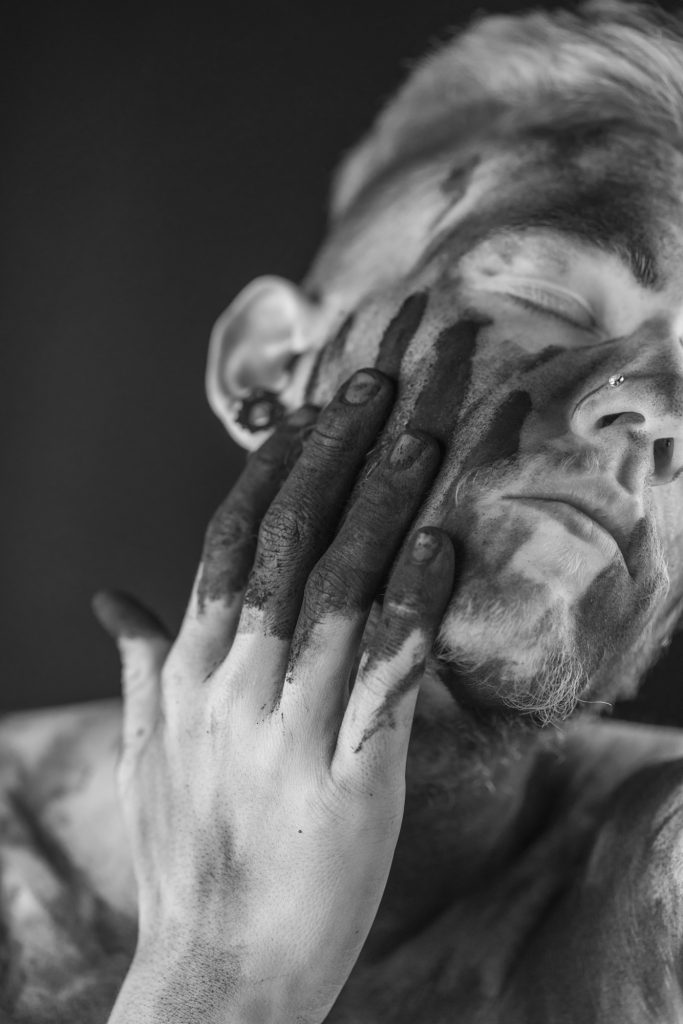
Can you give some background on the purpose of Photo Arts 2?
As with all the curriculum in the School, the content for this particular course is determined by our curricular needs needed to support a broad-based BFA and in some cases the BS program. We serve students across all the programs in the School. We are guided by our official approved curriculum and have freedom to explore new and contemporary topics. Faculty assigned to teach the course collectively determine the best methods for the delivery of this content. We emphasize the teaching of photography in general providing a common core of knowledge including critical thinking, creative exploration, and sound techniques. Our ultimate objective is to inspire the students by nurturing them along using a critically engaged curriculum suitable for today’s young creatives of tomorrow.
